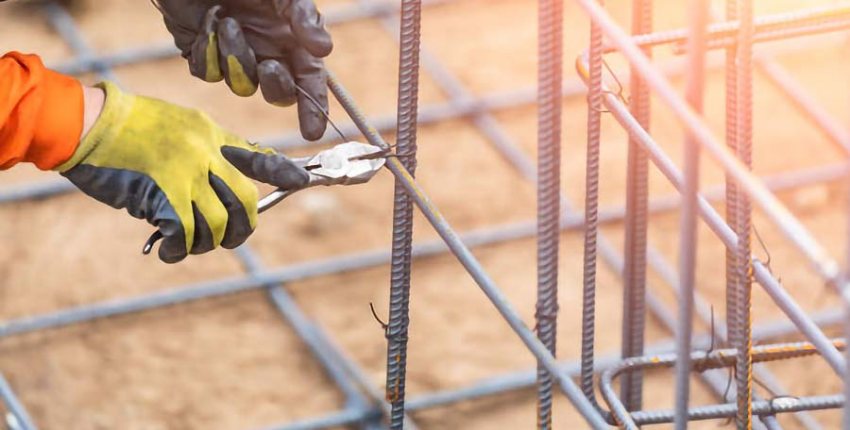What Happens If Too Much Rebar Is Used in Concrete?
Reinforced concrete plays a pivotal role in modern construction by significantly enhancing the strength, durability, and flexibility of buildings and infrastructure. It enables the creation of wider, thinner slabs and makes construction more cost-effective. Thanks to reinforced concrete, architects and engineers can now design and construct structures faster and with far greater complexity than was possible in the past.
Concrete itself is one of the most widely used building materials globally, prized for its durability, low maintenance requirements, fire resistance, and ease of use. However, concrete on its own has low tensile strength, meaning it breaks easily when subjected to stretching forces. To counteract this weakness, steel reinforcement bars (rebar) are embedded within the concrete to improve its tensile strength. Steel is ideal for this purpose because it has a high strength-to-weight ratio and expands and contracts at nearly the same rate as concrete in response to temperature changes, ensuring structural integrity over time.
An added advantage of using steel reinforcement is the natural synergy between the two materials. Concrete’s high alkalinity prevents steel from rusting, while both materials share similar thermal expansion properties. This strong bond ensures that both materials work together efficiently under stress. Typically, the ideal percentage of steel reinforcement in a concrete section ranges from 3% to 5%, although this can vary depending on the specific application and structural requirements.
However, problems arise when too much rebar is used in a concrete structure. Over-reinforcement can lead to several issues during both the construction process and the long-term performance of the structure. Excessive reinforcement can cause shrinkage cracks because the high steel density places too much internal stress on the drying concrete, preventing it from contracting naturally as it cures. This internal strain can lead to premature cracking and structural weaknesses.
Another common problem with over-reinforcement is honeycombing, which occurs when concrete cannot fully flow and settle between densely packed rebar. This results in the formation of air pockets within the concrete, weakening the structure and reducing its durability. Honeycombing also affects the concrete’s visual appearance and can lead to moisture penetration over time.
Additional issues associated with excessive rebar usage include:
- Surface defects such as tie wire remnants or debris getting trapped around the edges of the rebar grid, compromising the structure's aesthetic and potentially weakening the concrete.
- Cracking patterns that mirror the positioning of the rebar, even in the absence of corrosion, due to the stress imposed by too much steel within the concrete.
- Shrinkage issues caused by improper water content in the concrete mix, which influences drying times and overall structural integrity.
- Restricted concrete flow, where tightly packed rebars prevent the even distribution of concrete, allowing only finer particles to pass through, leading to weak spots around the reinforcement.
In conclusion, while reinforcement is essential for increasing the strength and longevity of concrete structures, using too much rebar can be counterproductive. It not only undermines the structural integrity of the concrete but also increases costs and complicates the construction process. Striking the right balance between concrete and steel is essential to ensure a safe, durable, and efficient structure.






 Forget your password?
Forget your password? SIGNUP
SIGNUP


 Write a comment
Write a comment

